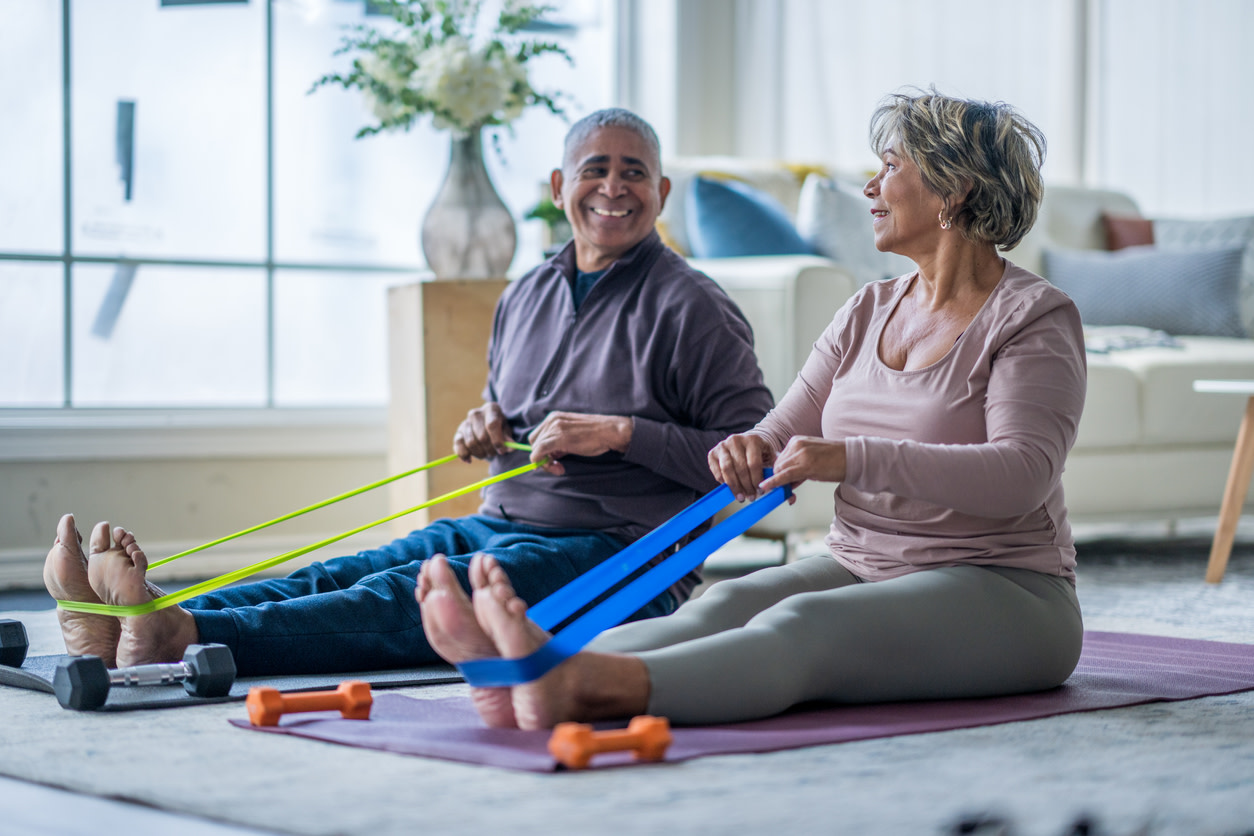How to Increase Bone Density: Tips From Physical Therapists
Learn how to increase bone density with expert tips, including exercises from physical therapists.
$0 cost to you
Published Date: Jul 2, 2024
Table of Contents
Weight-Bearing Exercises to Improve Bone Density
Want expert care? Check if you're covered for our free program →- Banded Squat
- Wall Push Up
- Side Plank
